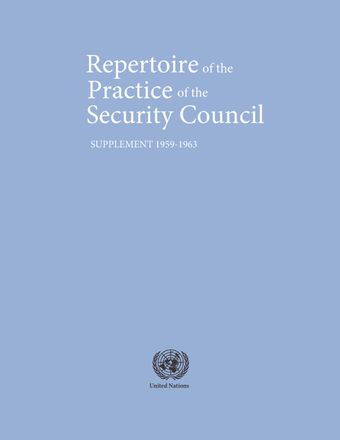- The condition of having less than the normal number of red blood cells or hemoglobin in the blood, resulting in diminished oxygen transport. Anemia has many cause, including iron, vitamin B 12, or folate deficiency; bleeding; abnormal hemoglobin formation (e.g., sickle cell anemia); rupture of red blood cells ( hemolytic anemia ); and bone.
- Normal Rates in Children. Children have faster respiratory rates than adults, 7 and the 'normal' respiratory rate can vary significantly by age. The normal ranges of respiratory rates for children of different ages include: Newborn: 30-60 breaths per minute.
- For neonates and young infants, the normal oxygen saturation level should range between 93% to 100%. For adults less than 70 years of age, the normal oxygen saturation level should range between 96% to 98%. For adults aged 70 and above, the normal oxygen saturation level should be greater than 94%.
Q:
Georgia guidestones message. What are the normal oxygen saturation levels by age?
What Is A Dangerous Oxygen Level
When your blood oxygen falls below a certain level, you might experience shortness of breath, headache, and confusion or restlessness. Common causes of hypoxemia include: Anemia. ARDS (Acute respiratory distress syndrome) Asthma. Congenital heart defects in children. Congenital heart disease in adults. COPD (chronic obstructive pulmonary.


A:
For infants and children, the normal oxygen saturation level should range between 97% to 99%.
Concerto italiano vivaldi. For neonates and young infants, the normal oxygen saturation level should range between 93% to 100%.
For adults less than 70 years of age, the normal oxygen saturation level should range between 96% to 98%.
Normal Oxygen Level For Adults With Copd
For adults aged 70 and above, the normal oxygen saturation level should be greater than 94%.
Normal Oxygen Level In Air


